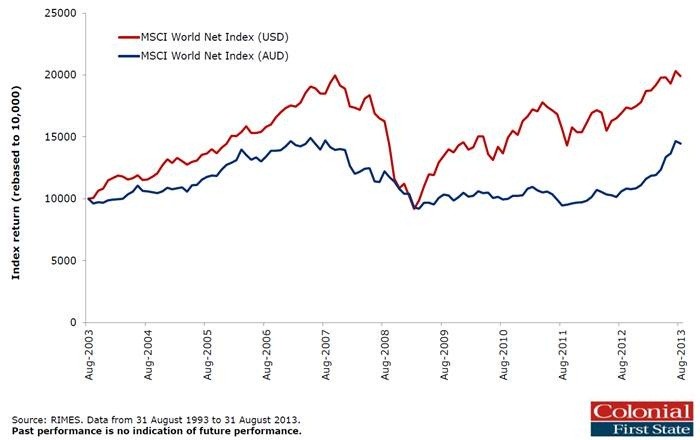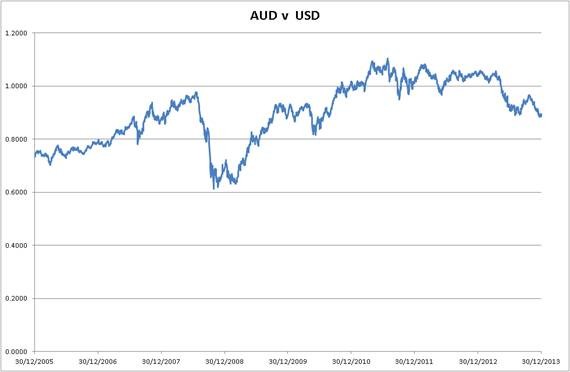To Hedge or Not to Hedge
Post on: 6 Июль, 2015 No Comment

Last week I wrote about whether US-listed ETFs are really cheaper once you account for currency exchange fees, and then I looked at ways to reduce forex fees. The spreadsheet I created to compare US and Canadian ETFs allows investors to compare the costs using several assumptions.
One of those assumptions was to ignore currency hedging. Unfortunately, the reality is that the decision about whether or not to use hedging is likely to be the single most important factor affecting the return of your foreign investments. If the Canadian dollar moves up or down 15% over the period you’re invested, that will clearly have far more impact than a lower MER or a currency exchange fee. Too bad all we can do when it comes to currency fluctuations is guess.
Most Canadian ETFs with foreign holdings — notably XSP. XIN. CLU and CWO — use currency hedging. Not all of them do, however: unhedged international ETFs include the Claymore International Fundamental (CIE) and the iShares MSCI Emerging Markets Index Fund (XEM). Claymore also has an unhedged version of its US Fundamental Index ETF (CLU.C). though the trading volume is very low, attesting to just how unpopular the US dollar is with Canadian investors.
If you have a strong desire to eliminate currency risk from your portfolio, you’d be wise to use an ETF with hedging, regardless of the higher fees. (Note that the cost of hedging is only about 2 or 3 basis points annually, according to iShares. This cost is not included in the MER.)
For example, if you’re in your sixties and you plan to spend all of your retirement in Canada, you may well be wise to pay extra to hedge your foreign investments. Just keep in mind you could lose the bet: if the loonie fares poorly over the next decade, you would have done better with foreign currency exposure. However, you will have the assurance that a plunging US dollar won’t jeopardize your retirement, and there is some value in that.
If you’re investing for decades, however, I believe it makes little sense to place a bet on which way the dollar will go. It’s fashionable these days to say the US dollar is doomed, but investors have incredibly short memories. The loonie was worth $0.77 US as recently as early 2009, and it averaged about $0.63 US in 2002. Anyone who thinks the Canadian dollar can’t ever return to these levels is a foolish optimist. You may as well try to forecast what the winter in Calgary will be like in 2020.

It’s more reasonable to expect random currency fluctuations over several decades. As you approach retirement, it may make sense to move some foreign holdings into funds that use hedging when the exchange rate appears to be in your favour. But if you’re a long way from having to tap your nest egg for income, your best bet is to keep costs as low as possible and have exposure to foreign currency for its diversification benefit.
Subscribe
Subscribe to our e-mail newsletter to receive updates.














